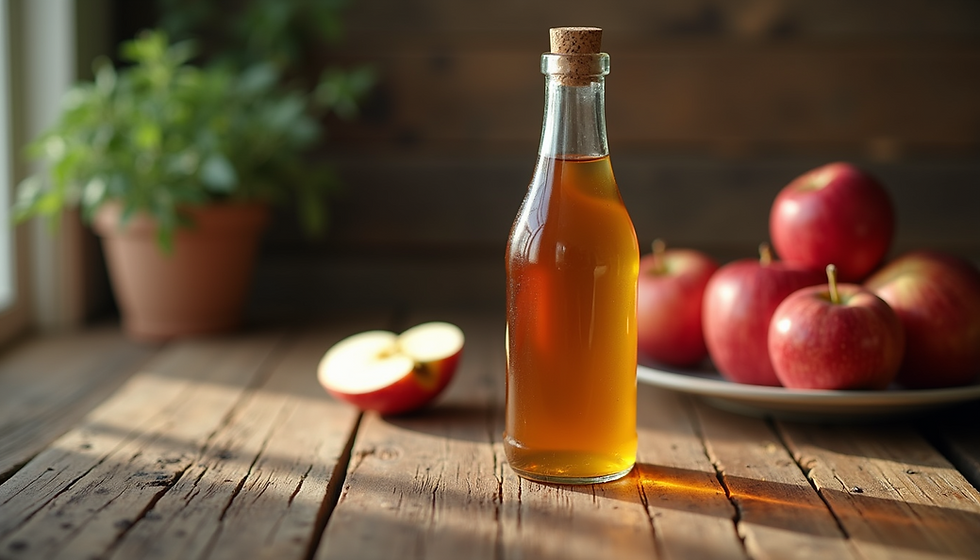How To Grow Seeds Using Recycled Containers
- thegreenwitchllc
- Apr 13, 2022
- 2 min read
Updated: Apr 3, 2023

If you’re planning on growing your own fruit and vegetables at home you don’t need to buy brand new seed trays. There are lots of items you probably already have in your home that you can reuse, helping to reduce your waste and save you money. Check out our sustainable gardening tips and DIY seed container ideas below:

Old egg cartons
Old egg cartons make great seed trays and the best bit is they can be put into your home compost bin after use. Making them a great zero waste alternative to plastic seed trays.
Toilet paper rolls
Toilet paper rolls are another great zero waste alternative as well as a great way to reuse a redundant item. They are especially good for plants such as peas and beans which don’t like having their roots touched. Once the seedlings are big enough you can simply transfer the entire roll into your garden.
Cloche made from plastic bottles
If you have leftover plastic bottles in your recycling box you can use them to create a cloche. Plastic drinks bottles work the best for this. Aim to use clear plastic bottles as darker ones can block the light. Simply cut off the bottom of the bottle and place it over your plant or seedling. The bottle acts like a mini greenhouse for the plant.
Newspaper
If you have lots of leftover newspapers they can be used to make small newspaper pots for your seeds. The newspaper pots will eventually biodegrade into the soil. You can roll and fold the newspaper to make your pots. This tutorial by Lovely Greens shows you two different methods. Most newspapers are safe to use for growing but avoid using magazines as they are made from paper and ink that isn’t safe for your soil.

Other waste items that can be recycled and used for growing seeds include yogurt pots, margarine tubs, fruit punnets and old tins. You can pretty much use any container that would hold soil and seeds.
Whatever container you choose, make sure to put some small holes in the bottom to allow for sufficient drainage. Most importantly, is to keep rethinking and reinventing the way we do agriculture. Get Creative and Happy planting!






Comments